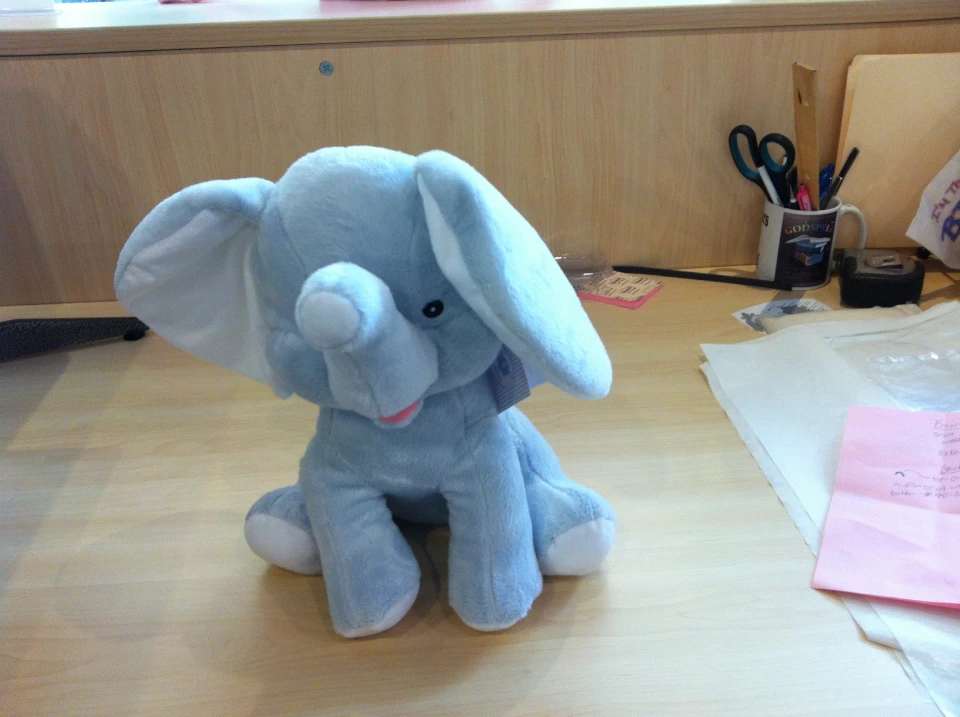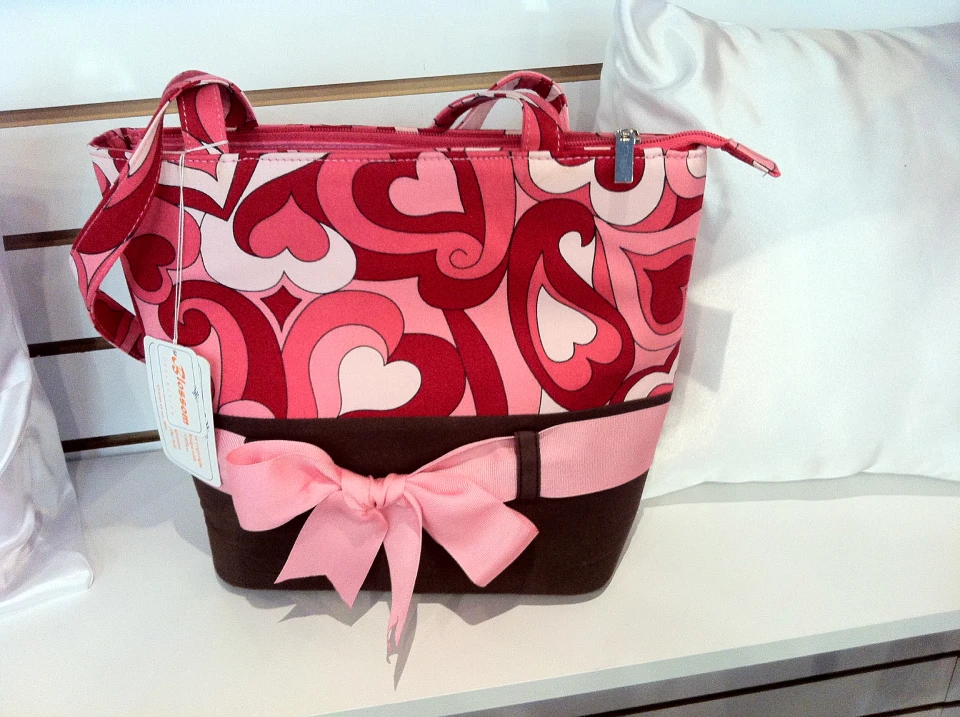The Art of Custom Embroidery: Unlocking the Secrets to Creating Distinct and Unforgettable Styles
Needlework, a craft soaked in tradition and virtuosity, holds within its intricate stitches the power to transform fabric right into a canvas of one-of-a-kind expression. The keys to developing custom embroidery designs that astound the eye and leave a long-term perception depend on a fragile equilibrium of technique, creativity, and attention to detail. As we look into the world of custom-made embroidery, we discover the nuanced interplay in between thread selection, stitch complexity, and design customization that elevates a simple garment to an artwork. Join us on a trip with the art of customized needlework as we unravel the secrets behind crafting genuinely memorable and unique productions.
Picking the Right Needlework Threads
When choosing embroidery strings, what vital variables should you consider to make sure the most effective outcomes for your customized styles? The selection of embroidery string is essential in identifying the last outcome of your stitched style. Among the key considerations is the material of the thread. Different materials such as cotton, polyester, rayon, and silk offer varying degrees of shine, resilience, and structure. It is important to select a thread product that complements the fabric you are embroidering on and lines up with the preferred look of the layout.
Furthermore, the weight or thickness of the thread plays a substantial role in the appearance of the embroidery. Thicker strings can include measurement and texture to your design, while finer threads are ideal for intricate information and small message. In addition, taking into consideration the shade fastness and washability of the string is critical to ensure that your custom layouts keep their high quality and vibrancy with time. By thoroughly assessing these factors and picking high-grade strings that meet your certain demands, you can boost the visual appeal and long life of your stitched developments.
Checking Out Different Stitch Techniques
To dive into the world of 'Exploring Various Stitch Strategies', one need to realize the ins and outs and nuances that each sewing approach gives the art of needlework. Different stitch strategies not only add visual passion yet likewise add to the total appearance and dimension of the style. One preferred stitch method is the satin stitch, which entails very closely jam-packed parallel stitches to create a smooth and glossy surface, perfect for completing forms and creating strong lays out.
On the other hand, the backstitch is a functional technique often utilized for laying out and adding fine information. It involves sewing backward to create a strong line of needlework. In addition, the French knot stitch adds a tactile component to designs, ideal for developing distinctive accents like flower centers or attractive touches.
Exploring different stitch methods enables embroiderers to have fun with light, darkness, and deepness within their styles, raising the aesthetic allure and imaginative high quality of their embroidery tasks. By understanding various sewing approaches, one can open endless opportunities for producing unique and remarkable customized needlework pieces.
Incorporating Personalized Style Components
Having checked out the details of various stitch methods such as the satin stitch, backstitch, and French knot, the emphasis currently moves towards incorporating tailored design elements click this site in custom embroidery jobs. Individualized layout aspects play an important function in making needlework tasks absolutely one-of-a-kind and remarkable.
One more way to incorporate personalized layout aspects is by including symbols or themes that hold special definition to the recipient or show their rate of interests and personality. Integrating a favorite flower, pet, or hobby-related symbol can make the embroidery design extra significant and tailored. In addition, choosing colors that reverberate with the recipient or align with click this site the designated style can even more boost the personalization of the embroidery task.
Grasping the Art of Color Control

One secret aspect of color coordination is understanding shade concept. This includes recognizing how different colors interact with each various other, the feelings they share, and exactly how they can be incorporated to develop aesthetically appealing styles. By using color theory concepts, embroiderers can create unified color combinations that boost the total look of the style.
Furthermore, focusing on comparison is crucial in color sychronisation. Making use of contrasting colors can assist certain aspects of the layout pop, enhance readability, and create an aesthetically vibrant needlework item. By mastering the art of color sychronisation, embroiderers can boost their styles and create memorable pieces that resonate with customers and customers alike.
Enhancing Appearance With Advanced Embroidery Stitches

Bullion knots, on the various other hand, can be made use of to develop twisted, ropelike aspects that add a lavish feel to the needlework. Trying out with these sophisticated embroidery stitches allows you to press the limits of traditional needlework and produce genuinely distinct and visually enticing textures in your styles.
Conclusion
Finally, the art of personalized needlework involves a combination of choosing the right strings, checking out various stitch strategies, integrating personalized design components, grasping shade sychronisation, and enhancing appearance with advanced stitches. By understanding and implementing these crucial elements, embroiderers can develop special and memorable layouts that display their imagination and ability. Needlework fanatics can open the tricks to developing beautiful and custom pieces that stand apart and leave a lasting impact.